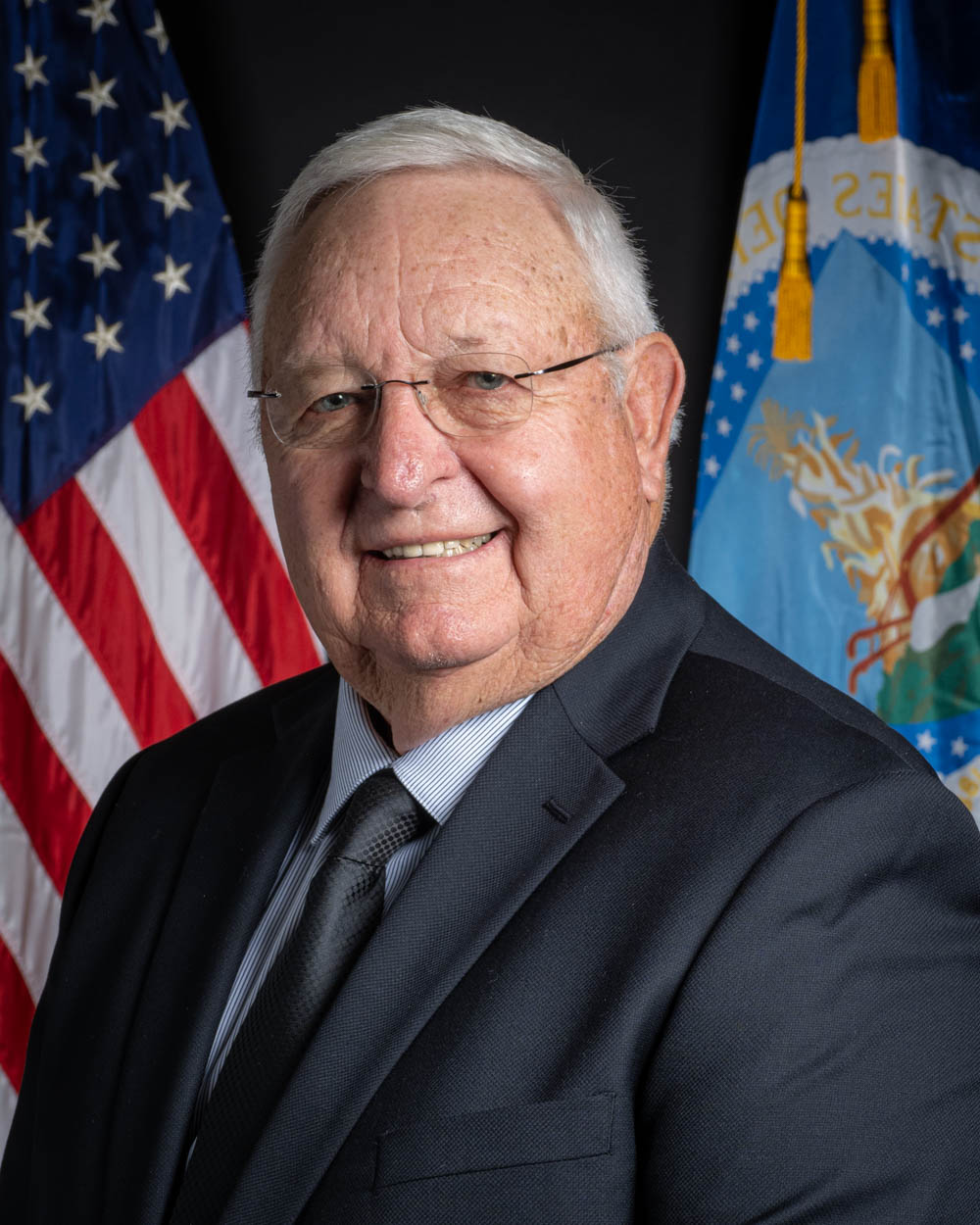Agricultural operations in Oklahoma have been significantly impacted by recent tornadoes.
The U.S. Department of Agriculture has technical and financial assistance available to help farmers and livestock producers recover from these adverse weather events. In a news release issued May 7, impacted producers are advised to contact their local USDA Service Center to report losses and learn more about program options available to assist in their recovery from crop, land, infrastructure, and livestock losses and damages.
USDA disaster assistance
Producers who experience livestock deaths in excess of normal mortality or sell injured livestock at a reduced price may be eligible for the Livestock Indemnity Program. To participate in LIP, producers will have to provide acceptable documentation of death losses or evidence of reduced sales resulting from an eligible adverse weather event. They must submit a notice of loss to the USDA Farm Service Agency no later than the annual program payment application date, which is 60 calendar days following the calendar year in which the loss occurred.
The LIP payment application and notice of loss deadline is March 3, 2025, for 2024 calendar year losses. Livestock producers who experience losses related to tornadoes should check with their local FSA office for LIP eligibility criteria.
Meanwhile, the Emergency Assistance for Livestock, Honeybees, and Farm-Raised Fish Program provides eligible producers with compensation for feed and grazing losses. For ELAP, producers are required to complete a notice of loss and an application for payment to their local FSA office no later than the annual program application deadline, Jan. 30, 2025, for 2024 calendar year losses.
“Once you are able to evaluate the impact on your operation, be sure to contact your local FSA county office to timely report all crop, livestock and farm infrastructure damages and losses,” said Steve Kouplen, state executive director for FSA in Oklahoma. Kouplen is shown above. “To expedite FSA disaster assistance, you will likely need to provide documents, such as farm records, herd inventory, receipts and pictures of damages or losses.”
Loans available
FSA also offers a variety of direct and guaranteed farm loans, including operating and emergency farm loans, to producers unable to secure commercial financing. Producers in counties with a primary or contiguous disaster designation may be eligible for low interest emergency loans to help them recover from production and physical losses.
Loans can help producers replace essential property, purchase inputs like livestock, equipment, feed and seed, cover family living expenses or refinance farm-related debts and other needs. Additionally, FSA offers several loan servicing options available for borrowers who are unable to make scheduled payments on their farm loan programs debt to the agency because of reasons beyond their control.
The Farm Storage Facility Loan Program provides low-interest financing so producers can build, repair, replace, or upgrade facilities to store commodities. Loan terms vary from three to 12 years. Producers who incurred damage to or loss of their equipment or infrastructure funded by the FSFL program should contact their insurance agent and their local USDA Service Center. Producers in need of on-farm storage should also contact USDA.
Risk management
Producers who have risk protection through Federal Crop Insurance or FSA’s NAP should report crop damage to their crop insurance agent or FSA office. If they have crop insurance, producers should provide a notice of loss to their agent within 72 hours of initial discovery of damage and follow up in writing within 15 days.
For NAP covered crops, a Notice of Loss (CCC-576) must be filed within 15 days of the loss becoming apparent, except for hand-harvested crops, which should be reported within 72 hours.
“Crop insurance and other USDA risk management options are offered to help producers manage risk because we never know what nature has in store for the future,” said James Bellmon, director of USDA’s Risk Management Agency regional office that covers Oklahoma. “The approved insurance providers, loss adjusters and agents are experienced and well-trained in handling these types of events.”
Conservation
FSA’s Emergency Conservation Program and Emergency Forest Restoration Program can assist landowners and forest stewards with financial and technical assistance to restore fencing, damaged farmland or forests, and remove debris from feed stocks, water supplies and feeding areas.
USDA’s Natural Resources Conservation Service is always available to provide technical assistance during the recovery process by assisting producers to plan and implement conservation practices on farms and working forests impacted by natural disasters. The Environmental Quality Incentives Program can help producers plan and implement conservation practices on land impacted by natural disasters.
“The Natural Resources Conservation Service can be a very valuable partner to help landowners with their recovery and resiliency efforts,” said Jeanne Hamilton, NRCS State Conservationist in Oklahoma. “Our staff will work one-on-one with landowners to make assessments of the damages and develop approaches that focus on effective recovery of the land.”
Assistance for communities
Additional NRCS programs include the Emergency Watershed Protection program, which assists local government sponsors with the cost of addressing watershed impairments or hazards such as debris removal and streambank stabilization.
Eligible sponsors include cities, counties, towns or any federally recognized Native American tribe or tribal organization. Sponsors must submit a formal request (by mail or email) to the NRCS state conservationist for assistance within 60 days of the natural disaster occurrence or 60 days from the date when access to the sites become available. For more information, contact a local NRCS office.
More information
Additional USDA disaster assistance information can be found on farmers.gov, including USDA resources specifically for producers impacted by tornadoes. Those resources include the Disaster Assistance Discovery Tool, Disaster-at-a-Glance fact sheet and Loan Assistance Tool. For FSA and NRCS programs, producers should contact their local USDA Service Center. For assistance with a crop insurance claim, producers and landowners should contact their crop insurance agent.


